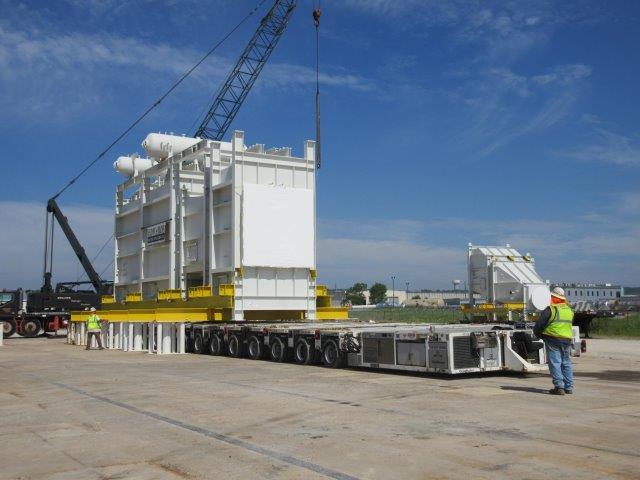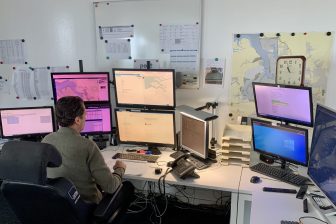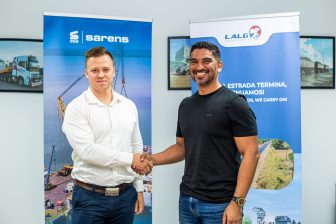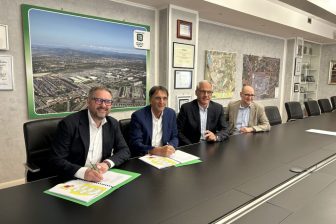
Siemens Energy’s project logistics unscathed by Covid
Project logistics division of Siemens Energy has been able to take advantage of the current market situation and come out pretty much unscathed, leveraging its partnership agreements put in place before the pandemic hit. The company benefited from strengthened partnerships with carriers, freight forwarders and heavy haulers, allowing it to find the right solutions and mitigate cost impacts.
The market is facing high charter rates and uncertainty over vessel availability as well as schedule availability, all resulting from Covid-19 related measures and other global events. Speaking to Project Cargo Journal, Agustin Harriague, head of project logistics North America region for Generation Business at Siemens Energy, said, it is a trend that has not only plagued the sea freight market but has also impacted the domestic US trucking, air, and parcel services. “It combines with higher inflation in the US, shortages of drivers and port congestion”, he said.

He further noted that the current situation has increased the complexity of putting estimates for new opportunities together. “Projects previously awarded or that have been in the pipeline for some time, must be executed in this context. Commitments and schedules must be honored”, he said.
Commenting on whether the market is going to stabilize, Harriague noted it is a hard prediction to make. Budgetary estimates for projects are prepared one or two years before they go into execution and it is of utmost importance to stay competitive while also considering the volatility in the market.
Digitalisation returning to the forefront
The need for further integration and digitalisation of the project logistics chain has come to the forefront again. According to Harriague, transparency and seamless information exchange will more than ever be the major success factors.
Looking forward, he added that the cost optimization will not come from pricing negotiations, but from re-shaping the way things are done. “The progress made in the standard logistics field has to spill further into projects”, Harriague said.

Decarbonising the project logistics operations
While tackling the current market environment, Siemens Energy is also focusing on decarbonising its transportation footprint. Wherever possible the company is opting to use more efficient transportation modes such as barging and rail.
“A significant part of our North America project cargo moves by rail. We have expanded our rail competency within the group for those purposes, besides partnering with a rail service provider. Having to reach remote sites, we focus on covering the majority via rail or barge arriving as close as possible to the final delivery location”, Harriague said.
The company is also working closely with sea freight carriers to improve the operational performance and environmental impact of their fleets and how that can support Siemens Energy’s decarbonization efforts.
You just read one of our premium articles free of charge
Register now to keep reading premium articles.




